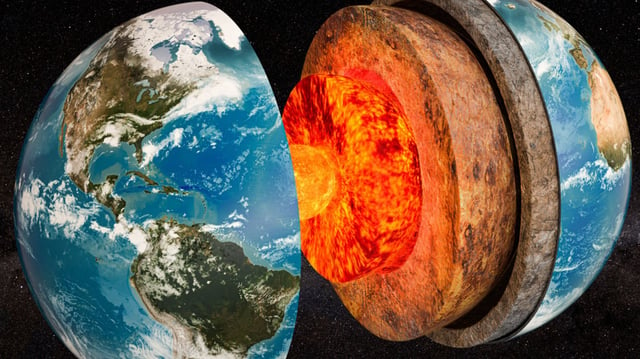Overview
- Cratonic dripping, a process where rock detaches from the underside of Earth's crust and sinks into the mantle, has been confirmed under the Midwest United States.
- The phenomenon is driven by remnants of the Farallon Plate, which influence mantle flows and weaken the North American craton.
- Seismic imaging and computer modeling, using EarthScope data, allowed researchers to visualize and confirm the process for the first time.
- While the process thins the craton over millions of years, it poses no immediate threat to the continent's stability.
- The findings, published in *Nature Geoscience*, provide new insights into the evolution of continents and Earth's geological systems.


